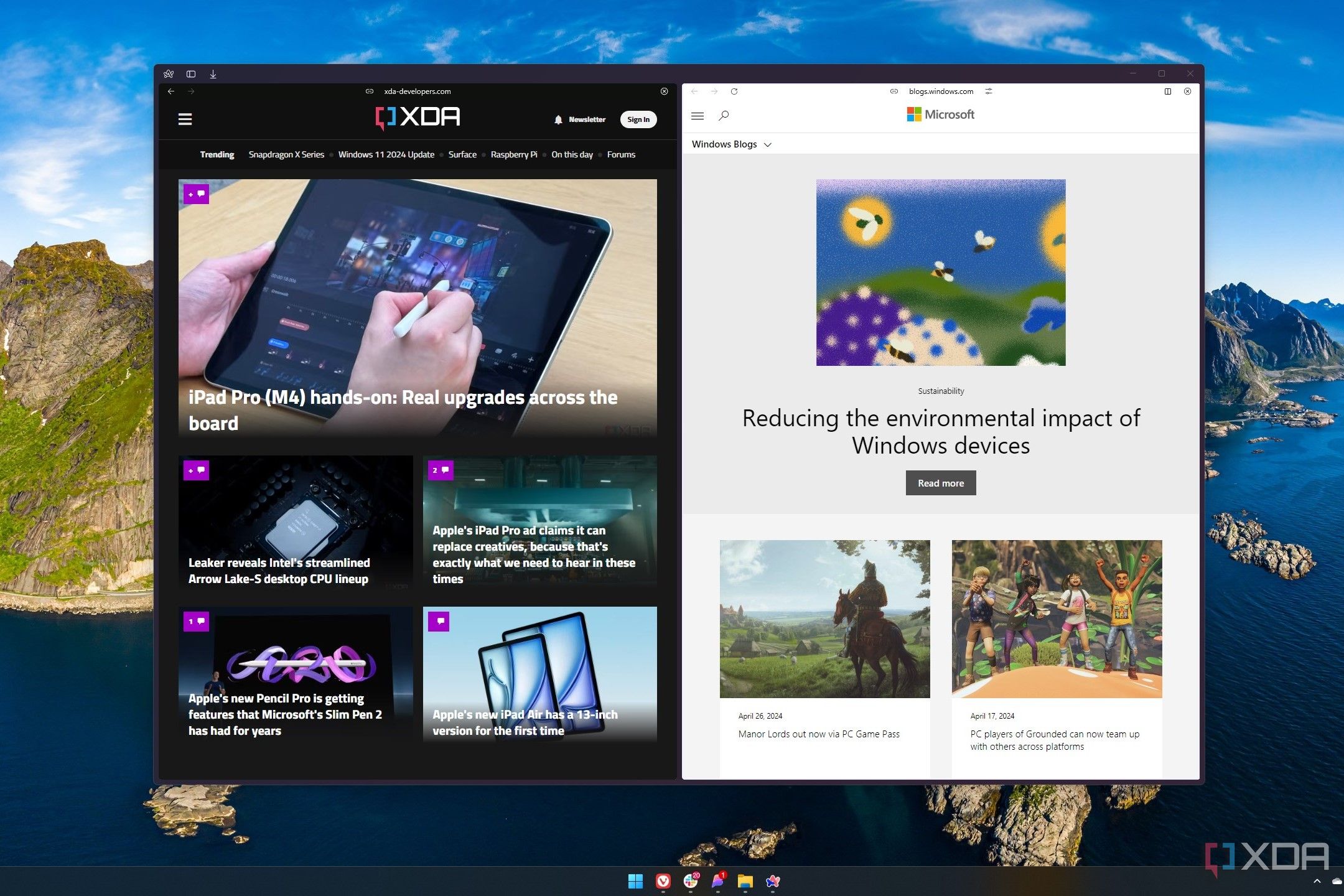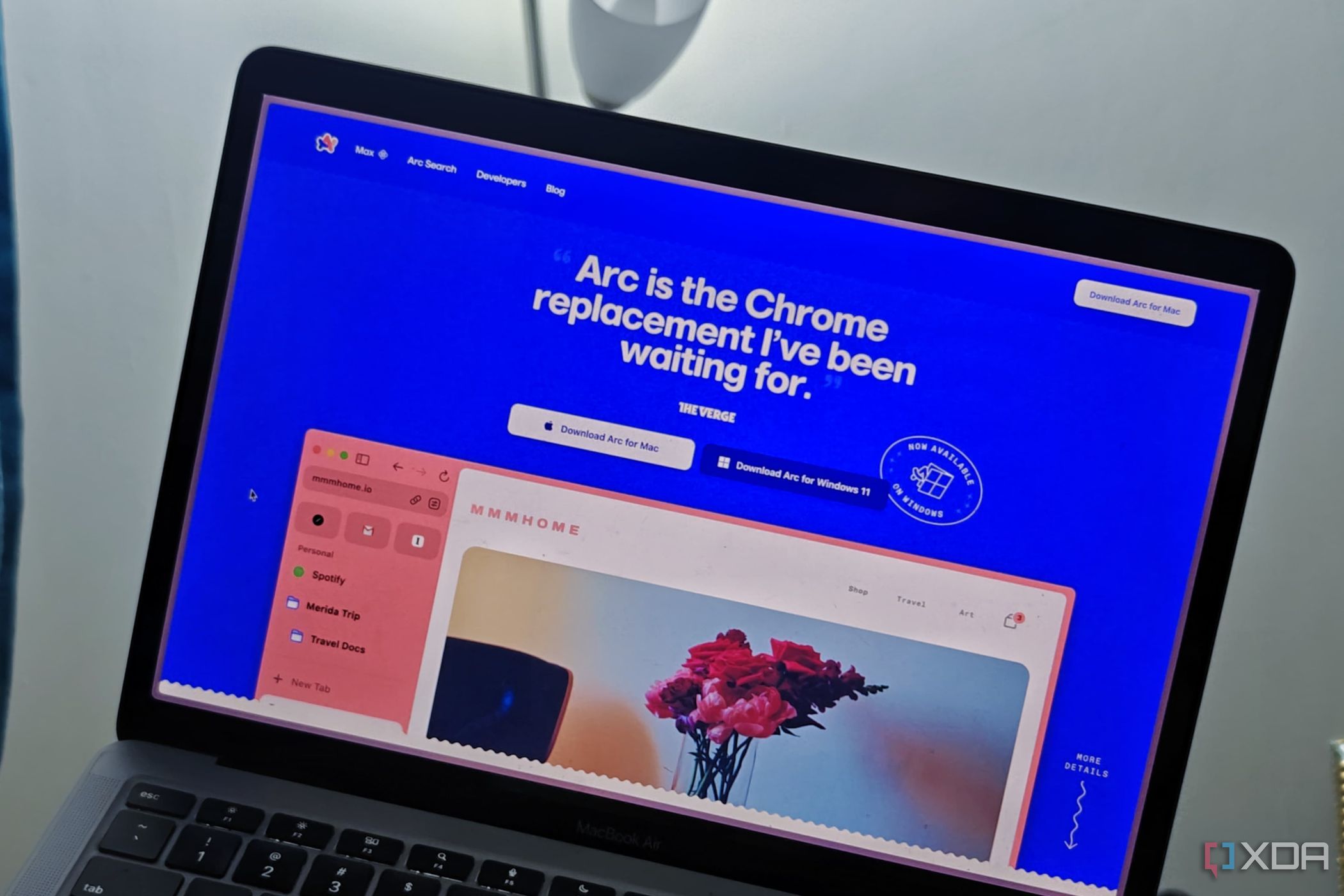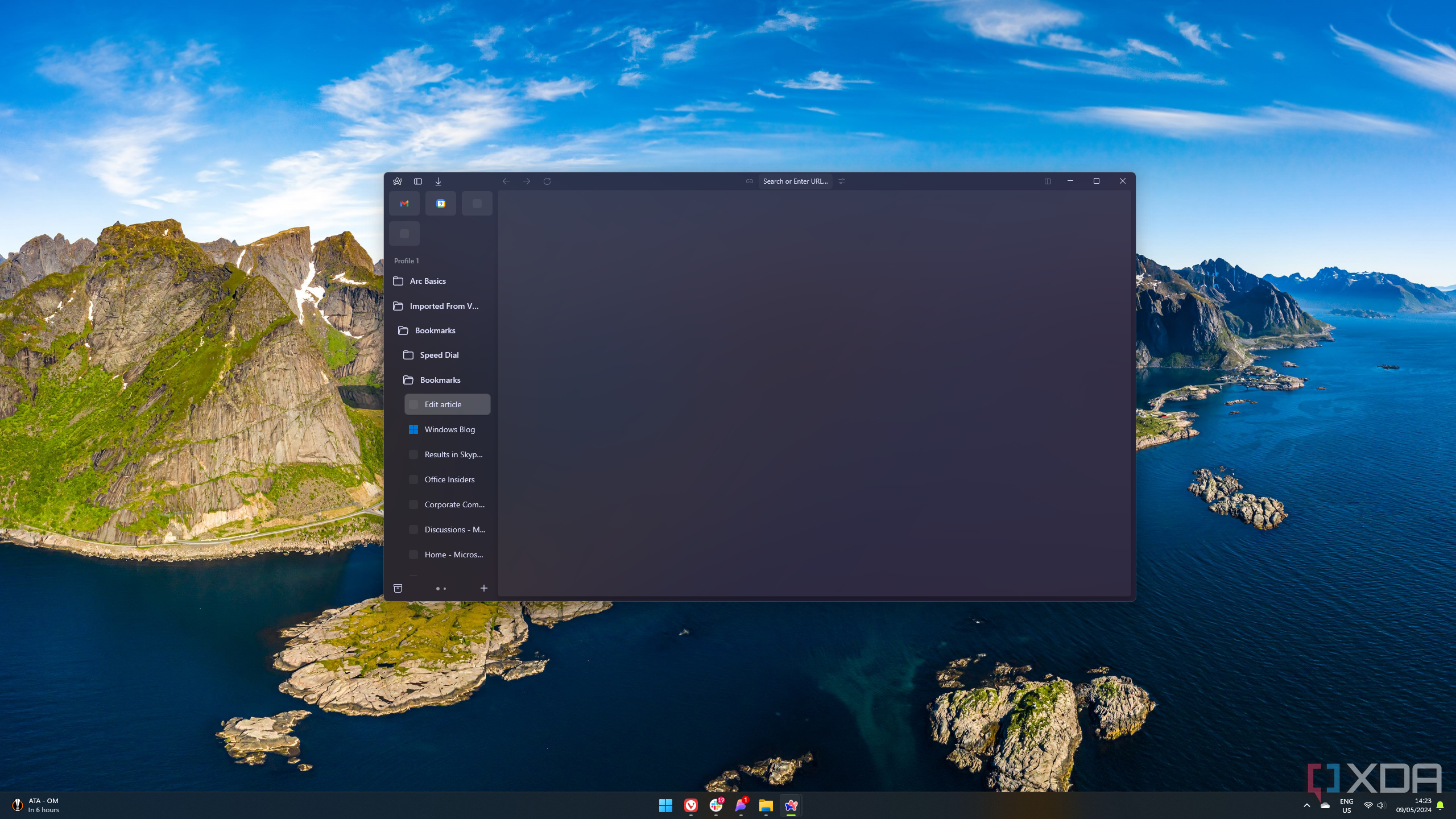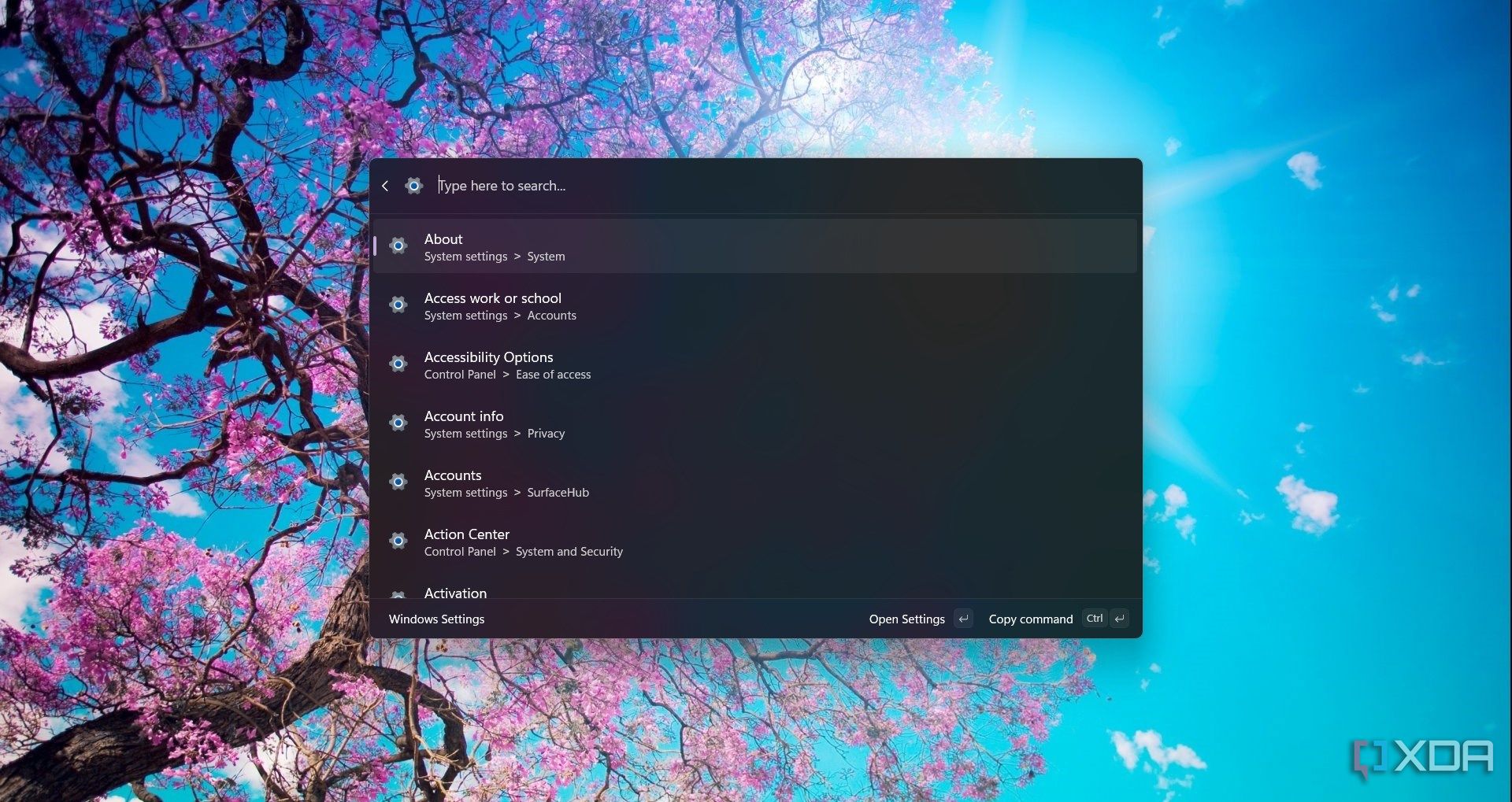I started using Arc recently as my secondary browser, mostly for work. And I’ll be honest, it felt like the perfect browser at first, so much so that every other browser started feeling like a downgrade. But it turns out I jumped to conclusions too soon. As I began using it regularly for work, I started noticing issues I never faced with my primary browser, Brave.
For one, I really began to miss bookmarks, which Arc replaces with tabs. Another issue, and this is turning out to be a major one, is battery drain. I’m using an M3 MacBook Air, and the battery life has taken a noticeable hit since I started using Arc. There are a few other major issues as well, and they’re making me seriously consider switching to an alternative.

Related
4 reasons I love my screen reader browser extensions
Read on with your eyes closed
4
It has functionality and compatibility limitations
Plus the mobile version lacks features
Compatibility with Chrome extensions is one issue I’ve run into. Some extensions, like Google Keep, just don’t work the way they should. Basic features like pinning it to the sidebar are missing, which is frustrating when you’re used to relying on certain tools to stay organized.
The mobile experience is also a letdown. Arc is available on iPhone, iPad, and Android, but the mobile versions feel stripped down. You can’t even set it as the default browser on iPhone, which makes the whole experience feel half-baked. For a browser that feels so promising on desktop, the lack of consistency across devices really stands out.

Related
Arc browser hands-on: Reinventing the wheel, even when it worked perfectly fine
Arc wants to shake up the Windows browser market — but did it really need to change?
3
There are performance issues, too
Quite a few
Performance issues are another significant concern. Since Arc is based on the Chromium engine, it suffers from similar problems as Google Chrome, including high RAM usage. This can be especially frustrating for laptop users, as it leads to higher energy consumption compared to browsers like Safari, which use minimal CPU even when idle.
Another major performance issue I’m facing is with Google Drive. Files often refuse to download unless I press the download button multiple times and refresh the page. I’ve seen Chrome and Brave users report the same problem, so it appears to be an issue with Chromium-based browsers in general. That said, I’ve only experienced it while using Arc.
2
It’s a battery hog
Battery life takes a huge hit
I’ve been a Windows user for decades, but I recently made the switch to a MacBook Air. There were two main reasons behind the change. First, I use an iPhone, so the ecosystem integration made sense. Second, the battery life on the MacBook Air is incredible. On most days, I only need to charge it once and never have to think about plugging it in again. I consistently get around 10 hours of use, which has completely changed how I work.
Since I started using Arc as my browser, though, that battery advantage has started to fade. I’ve noticed a clear drop in battery life, usually around 2 to 3 hours less with regular use. I typically run Arc alongside Adobe Illustrator, Excel, and Apple Music, and with that setup, I now get around 7 to 8 hours at best. That might still sound decent on paper, but it changes how I use my laptop. I now find myself reaching for a charger more often.

Related
6 reasons I can’t ditch Arc browser even though it’s a battery hog
This new-age browser has got me hooked!
1
Bookmarks are missing
Bookmarklets too
Arc has a clean, minimalist interface that feels quite different from most browsers. Instead of a horizontal tab bar, it uses a vertical sidebar and allows you to create separate spaces. These spaces help you group tabs by purpose, such as work or personal use, and make it easier to switch between them.
However, Arc takes a non-traditional approach to bookmarks. It does not offer a typical bookmarking system. Instead, it treats bookmarks as pinned tabs within each space. This can be confusing for users coming from browsers like Chrome, where bookmarks are managed separately and more simply. When you import bookmarks into Arc, they appear as pinned tabs in your main space. If you had organized your bookmarks into folders, those folders still exist, and you can browse through them.
But these folders and pages behave more like tabs than traditional bookmarks. Clicking on a saved page does not open a new tab. It simply highlights the page in the sidebar. If you only save a few pages, this may work well enough. But when you have dozens spread across multiple folders, the structure starts to take over the sidebar. What should be a helpful way to revisit pages ends up cluttering your view and making navigation less intuitive.
There are plenty of alternatives
There’s an ocean of browsers out there, and honestly, I’m still not sure which one I’ll end up using. Right now, Zen Browser seems like the most appealing option. It’s based on Mozilla’s Gecko engine, which is a nice change from all the Chromium clones out there, and some of my colleagues at XDA feel pretty strongly about it. LibreWolf is another solid option, especially with its strong focus on privacy. And then there are projects like Ladybird that are still in development but already look really promising.

Related
5 reasons why you should use a privacy browser to prevent online tracking
Privacy browsers have these advanced features to improve your security and reduce unwanted ads and data collection.














